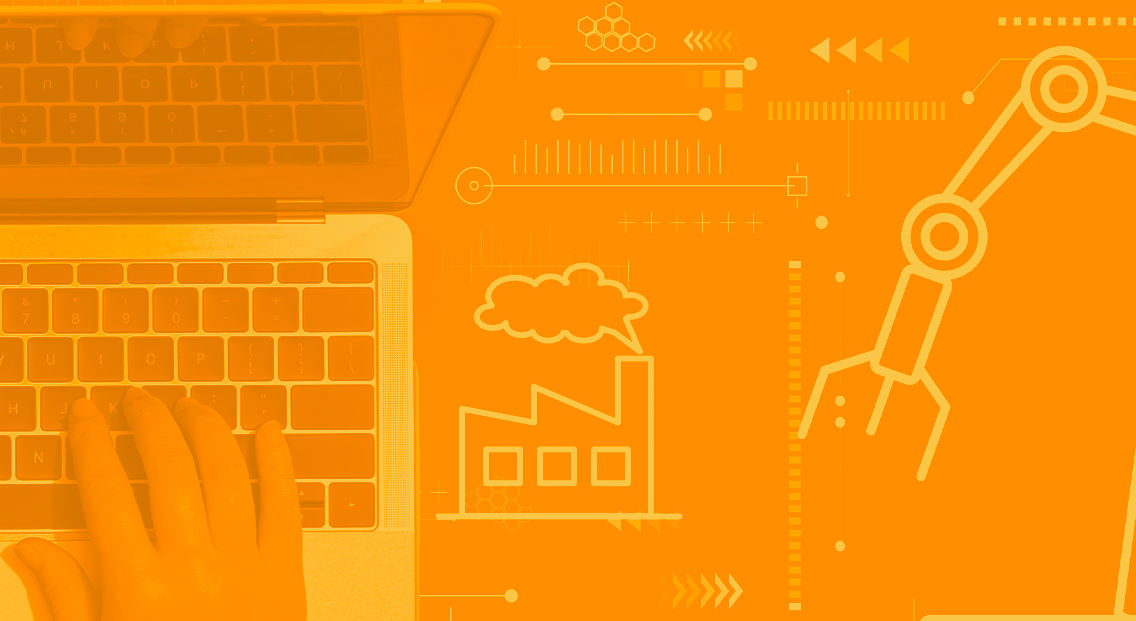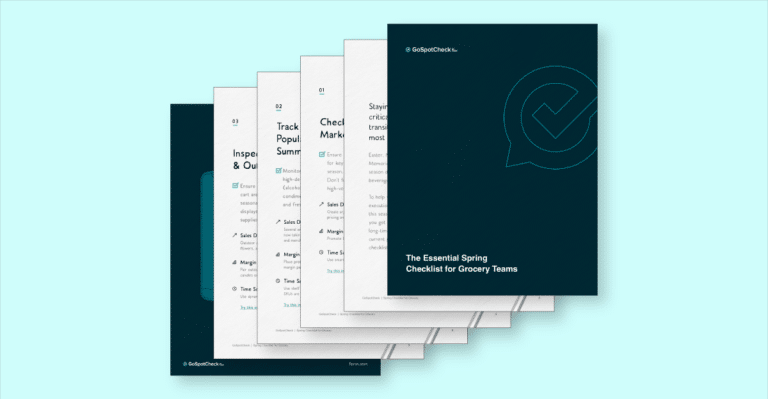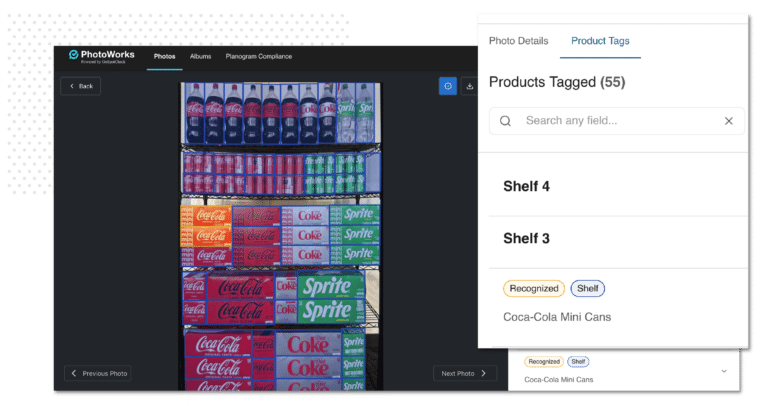We’ve had a profound experience of how vital the food supply chain and its frontline workers are to our security with COVID-19. As brands rebuild from the pandemic, most will reexamine the future of work, and the impact the dependencies between people, product, institutions, technology and each other have on their business.
The “new normal” requires innovation in efficiencies balanced with initiatives that strengthen customer experience and loyalty. Today, people are buying whatever they can find on grocery shelves, trying new brands and forming new preferences. They’re redefining what they consider essential. How consumer behavior will change post-COVID is unknown, but that it will is assured.
As companies recover, we’ll see deeper investment in automation. Eager to reset stores and get a grasp on market conditions, category leaders will redirect a portion of those savings into technologies that enhance performance on the frontline as they work to rebuild brand loyalty, return jobs to the economy, and reward vital employees who survived with them through the crisis.
It’s unclear when business as usual will resume, but systems that improve cash flow, trade programs, online ordering and delivery, distribution, morale, and safety for employees and customers can absorb some of the aftershock inevitable in the months to come.
Perfect for the challenge is the synergy of Robotic Process Automation (RPA) with frontline associate technology to produce meaningful cost savings and redirect human labor into higher-value activities.
What is Robotic Process Automation?
RPA is software that mimics the activity of humans carrying out rule-based, repetitive tasks within a process, typically on a computer. RPA can be trained to perform manual, repetitive tasks faster, more accurately and at higher volumes than people. Retailers, food and beverage brands are using RPA to automate tasks in e-commerce, call centers, logistics, returns processing, warehousing, payroll, accounts receivable, workforce management, and more.
For thin-margin sectors, RPA can reduce labor by 20 percent upon implementation, and 52 percent at scale, while improving accuracy, timeliness, flexibility and compliance. By 2024, companies are projected to lower operational costs by 30 percent by combining RPA with improved operational processes — savings that can be reinvested into perfecting the customer experience, on and offline.
Best Practices Getting Started
To ensure an optimal RPA launch, experts recommend pulling together a group of leaders from different functions to create a holistic roadmap to define how, where and when RPA will be used in the business, and what impact it should deliver. Securing alignment is the primary factor that determines whether companies will experience the full benefit of RPA, or leave valuable savings on the table.
To surface the best processes for RPA, survey frontline employees who know where mundane, repetitive tasks are creating bottlenecks for the business and negatively impacting the customer experience.
Once the ideal processes are identified, revisit and optimize them to ensure they’re better, faster, error-free, and well-documented before positioning them in RPA.
Retailers and food and beverage brands often begin with standard RPA workflows — things that produce time and cost savings tied to the frequency, number of steps, or quantity of people involved in a process. Later, they implement advanced RPA workflows to impact things like quality and risk, compliance, customer experience, culture and morale. In late stages of RPA maturity, enterprises connect RPA to other technologies like artificial intelligence and machine learning to address complex processes and unstructured data and systems — in these instances, the automation becomes intelligent and can make data-driven recommendations that create material competitive advantage.
RPA has been in the top five Gartner search terms for the last 16 quarters, and is the fastest-growing enterprise software segment, so analysts recommend using your roadmap to make smart partner selections. Each RPA provider has unique strengths, so the processes you’re automating should drive your choice in platform.
Key Processes to Explore
Retail, food and beverage brands often start with RPA to produce efficiencies in hiring, payroll, and workforce management, reducing the average time that HR employees spend on manual processes, estimated to be 65 percent of their day. They’re also automating accounts receivable to optimize invoicing, collections and reconciliation. Information Services Group (ISG) found that RPA can produce a 43 percent reduction in order-to-cash processes like billing, credit, collections and pricing for food brands, with savings ranging from 32-34 percent.
Paradise, a restaurant group, used RPA from Ui Path to automate the reconciliation process for food delivery from its 45 locations — something that used to take five days, created revenue leakage and impacted daily sales outstanding. With RPA, reconciliations are complete in four hours and are 100 percent accurate. Call centers and e-commerce are other great places to deploy RPA to automate data retrieval, returns processing, inventory management and more. Distribution and delivery functions can use RPA to automate alerts to drivers and customers, and mitigate delivery error or rejection.
Reinvesting in experience
RPA automates “robotic” tasks once assigned to people, and gives brands the opportunity to reimagine the role of frontline teams to grow market share, ignite loyalty, solve problems and create community. Reinvesting a portion of RPA savings into frontline associate technologies can reinforce a culture of efficiency, ensure teams are well-trained and enable an exceptional customer experience. Tapping mobile platforms to provide context and prioritization, spur productivity, reduce risk, and emit real-time signals from each location helps leaders manage complex businesses dynamically and consistently.
Ultimately, COVID-19 has reaffirmed that the people in our businesses are our most precious asset. Enterprises who develop roadmaps to automate the mundane and unleash human creativity — fusing RPA with frontline associate technologies — will rebuild faster, stronger and better when market conditions return to normal.
The everyday heroes on frontline retail, food and beverage teams deserve solutions from innovative leaders who care about the customer and employee experience alike. In the future, the brands who win will be focused on people.




